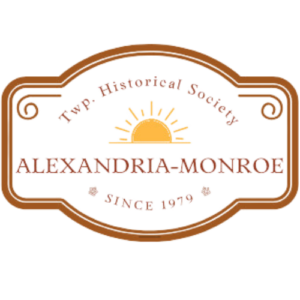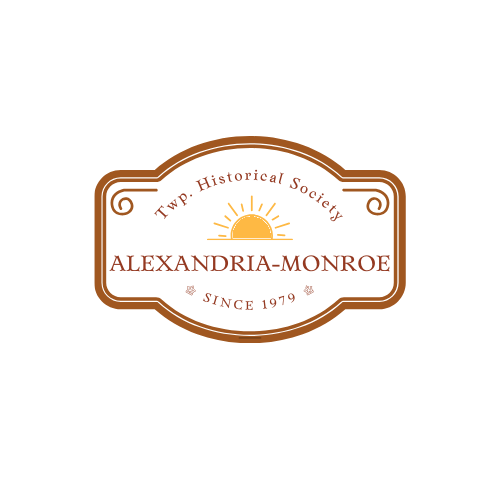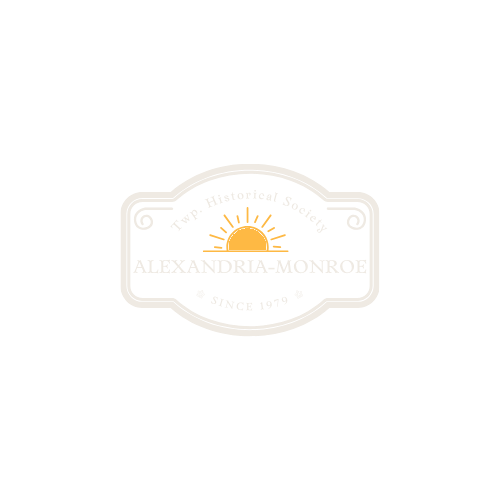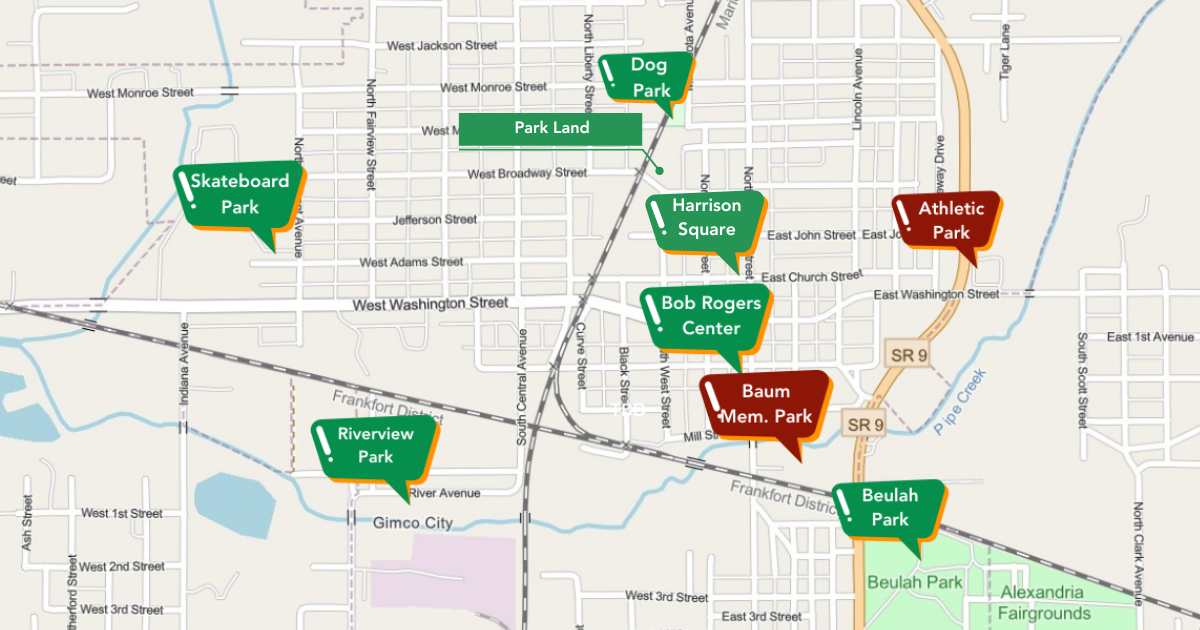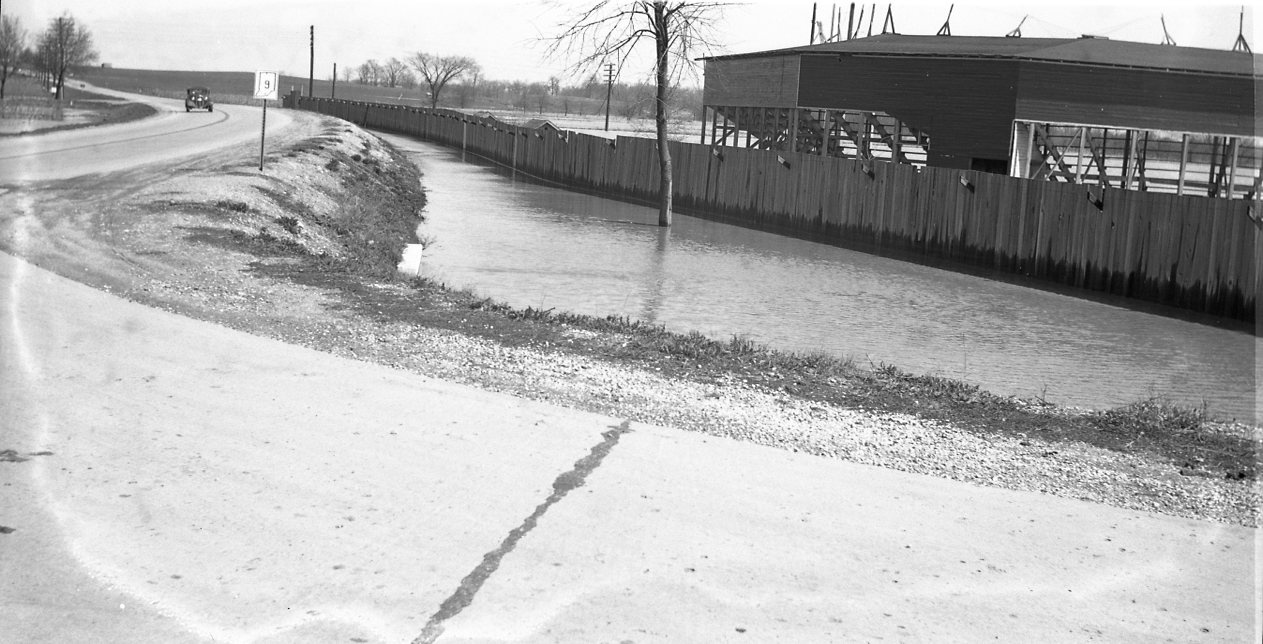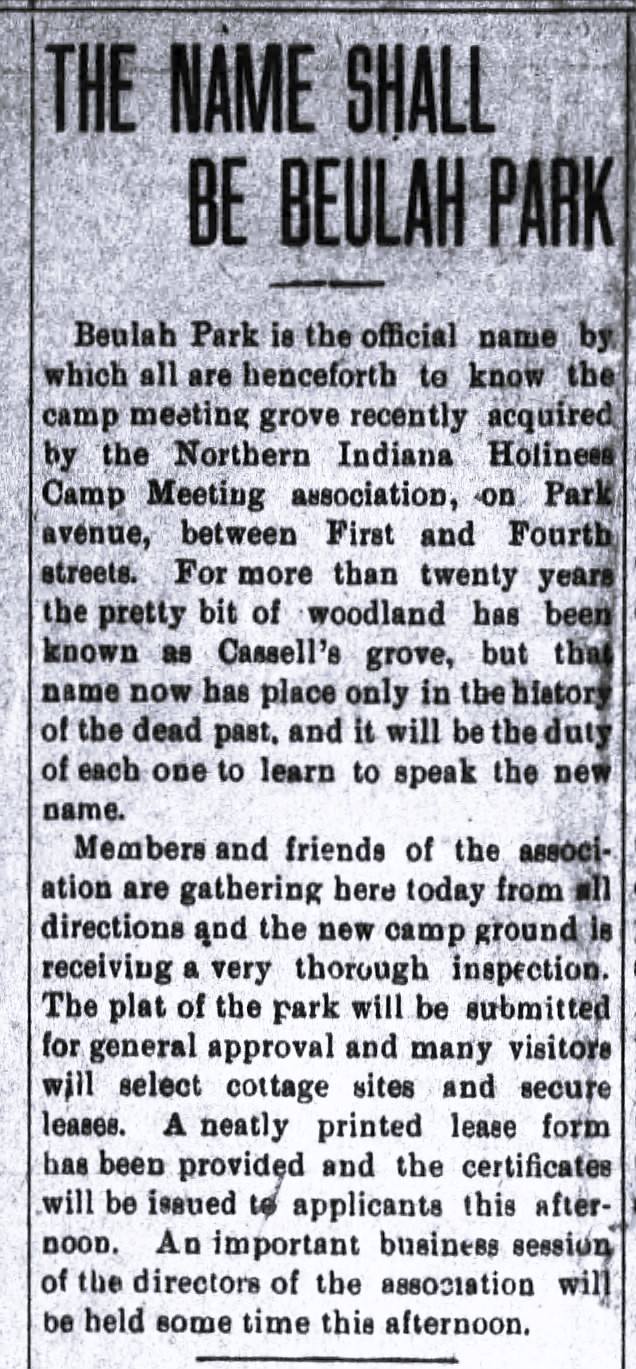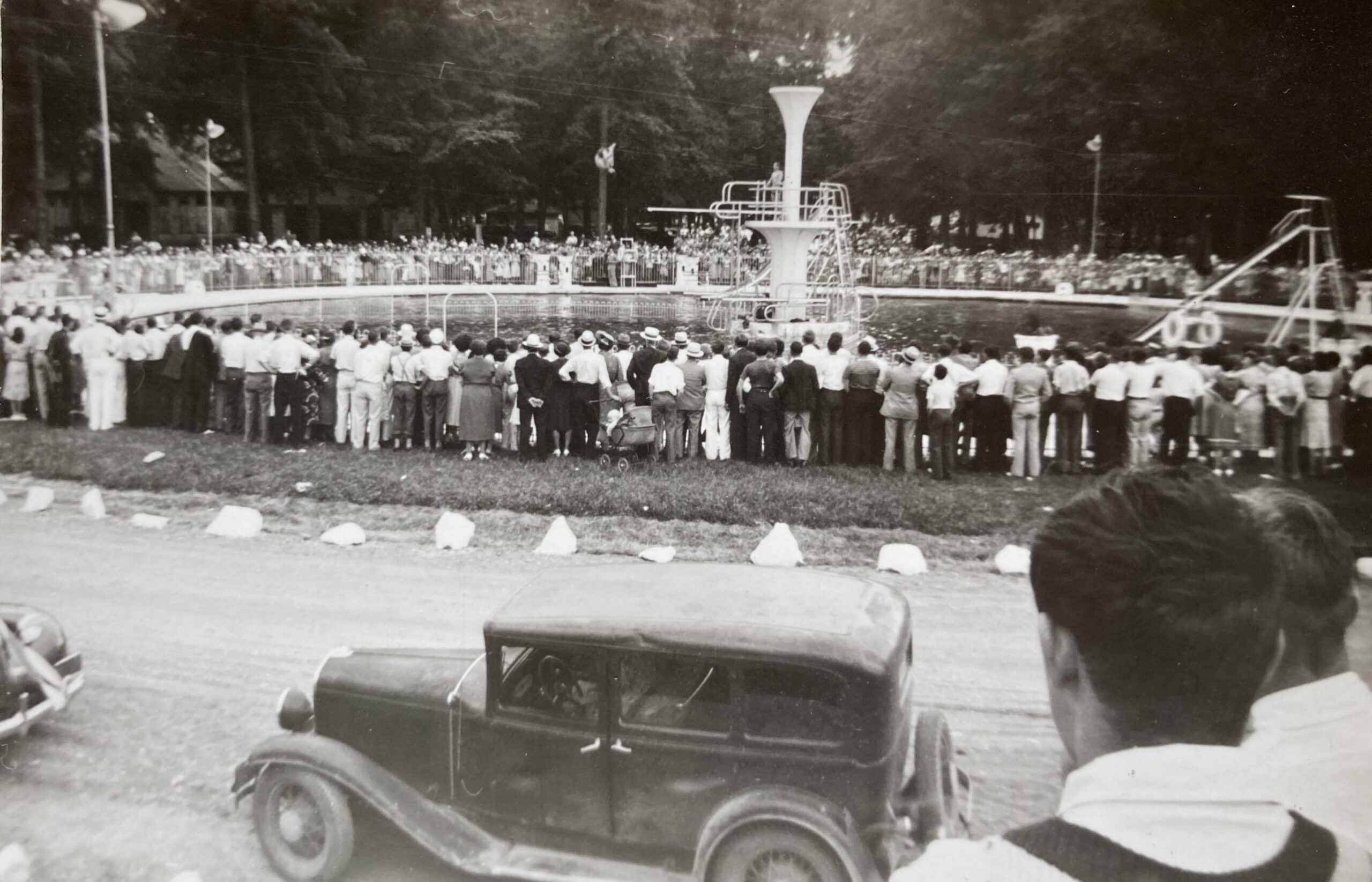The Alexandria parks began in the 1900s when the city boasted several baseball diamonds and picnicking areas. Newspaper articles note that one field was located on the city’s south side, and another was on the west side, near the factories that dotted that area of town. However, these fields were not managed or overseen by the community. The south side park referenced in many early newspaper articles likely became Beulah Park. This park acquired its name in 1905 or 1906 by the Northern Indiana Holiness Association, which owned that land. (See the photo of the June 7, 1906 article from the Alexandria Times Tribune).
The birth of the municipal park system can be traced back to the 1920 promptings of publisher Will F. Baum, who championed the idea in his newspaper, the Alexandria Times-Tribune. This influential publication platform played a crucial role in shaping community initiatives.
The first official Alexandria Park Board was also formed in 1929. That same year, Bert Mann donated 6.3 acres of farmland to the city “just north of Washington Street and east of the city limits” (now the intersection of Indiana State Road 9 and Bethel Pike, where CVS is located as of 2024). This land became the Athletic Park, the first official city park.
Baum and his wife Celia deeded land for a park to the city upon his death. This land became the second city park in 1936. Located south of Water Street on South Harrison, the park was later named Baum Memorial Park. (This park was located in the area now the location of the Armory and the Alexandria Community Center.)
During their peak, the Athletic and Baum Memorial Park were bustling hubs of recreational activities. Baum’s featured a baseball and softball diamond, archery grounds, horseshoe pits, and a wading pool.
The Alexandria Park Board had authority over Baum and Athletic parks. In 1937, Beulah Park became the third municipal park. These parks were not just physical spaces but immersive experiences, with various events, such as concerts, circuses, carnivals, and fairs, adding to their excitement and charm.
The school system also rented Athletic Park for high school sporting events from the 1940s through the early 1960s. However, well-known flooding issues (familiar to long-time residents of this area) plagued that location. In the early 1960s, the city built the Alexandria-Monroe High School, which moved sporting events to the new school fields. This park dwindled in use, and its lands were eventually sold to private investors for development.
Riverview Park, located on the south side of River Avenue, was also included as a municipal park. The Parks Department installed playground equipment beginning in 1969.
Alexandria Athletic Park, which includes a series of baseball and softball diamonds, was also formed just north of Marie Thurston Elementary School (near Central and Tyler). The Park Board and the Alexandria Little League collaborated on this area.
Harrison Square Park became another facility under the authority of the Alexandria Parks Department in 1995 as a center-city venue. In addition, a long-time resident donated to the city some land just west of Canal Street and North of Broadway for park use. That land has most recently been used for community gardens.
According to the National Recreation and Parks Association website, July “is dedicated to recognizing and celebrating the more than 160,000 full-time park and recreation professionals — along with hundreds of thousands of part-time and seasonal workers and volunteers — who maintain our country’s local, state and community parks.”
Alexandria’s residents and visitors salute those who are part of this number of staff and volunteers who spend their time and energy maintaining and managing parks and facilities. They are a great asset to the parks and the community’s people.
For more information about the parks and facilities of Alexandria, visit https://www.in.gov/cities/alexandria/community/parks-department/.
